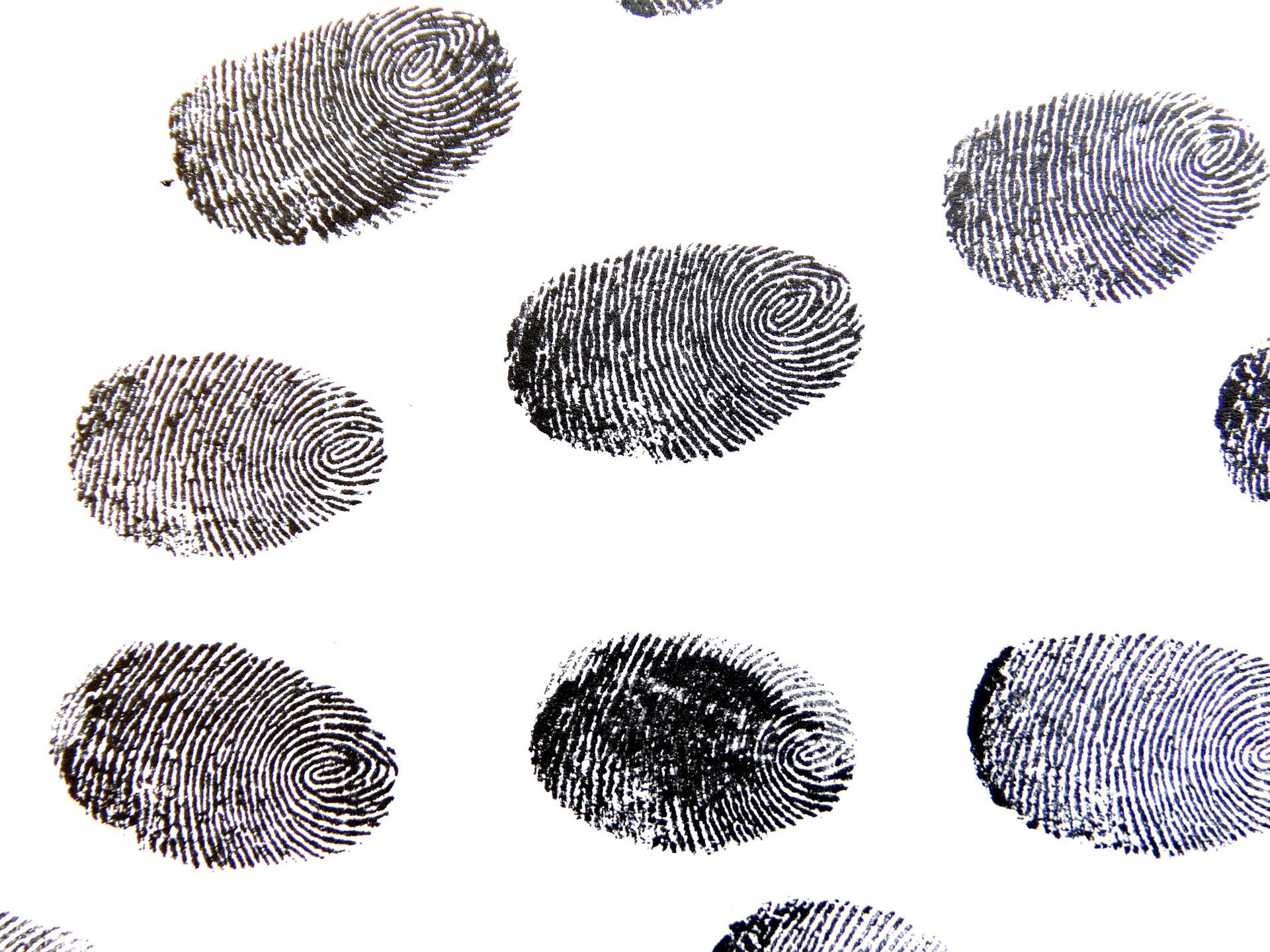An article by The San Diego Union-Tribune discussed the murder of Diane Dahn, a woman who was 29 when she was brutally stabbed in 1988. She was left for dead in her apartment, and while investigators kept investigating the case for decades to come, it was not until recently with new genetic techniques that a suspect was able to be determined.
Before genetic genealogy came into play for Dahn's case, DNA techniques were used as early as the 2000s. There were several pieces of DNA that were able to be used from Dahn's fingernails as well as a hair that was found in her hand, but when entered into the national databases, there were no matches. It was not until May of 2020 that genetics took over and really helped aid the investigation.
Genetic genealogy uses atDNA, also known as autosomal DNA in order to identify how closely related certain individuals are to each other. This type of DNA is inherited in all individuals and can be seen in both males and females. While the single nucleotide polymorphisms are harder to detect using forensic samples, technology is advanced enough to obtain information from small or degraded samples. The longer a segment is shared between two individuals, the more closely related they are. This helps establish family trees and helps piece together these kinds of cold cases.
Through the use of several genealogy websites, investigators were able to identify relatives of the suspect in order to find possible matches. These websites allowed law enforcement to see open DNA profiles in order to biologically look at the DNA and make certain matches for relatives. Family trees, or pedigrees, were created based on the matches found through the websites and 1,300 relatives and 9 pedigrees were able to be created based on the results of the unknown suspect. This led to finding the suspect's children, and when a paternity test was done, they found the suspect: Warren Robertson, a man who lived in the same apartment complex as Dahn, but had died in a fire in 1999.
Based on the success of this case, as well as 5 others San Diego have solved, genetic genealogy is on the rise and provides good results in order to help locate a suspect or provide more information based on DNA profiles found at a crime scene. I think while it is a tedious and difficult process, the success rate of genetic genealogy and the information being discovered is amazing and helps in the field of forensic science. Forensic biology is on the rise as DNA and its advancements provide helpful information. I believe these biological techniques are here to stay and aid in law enforcement investigations which is a win-win in terms of science and criminal justice.
Related articles:
Dead Convict Identified as Oregon Serial Killer From the 1980s







